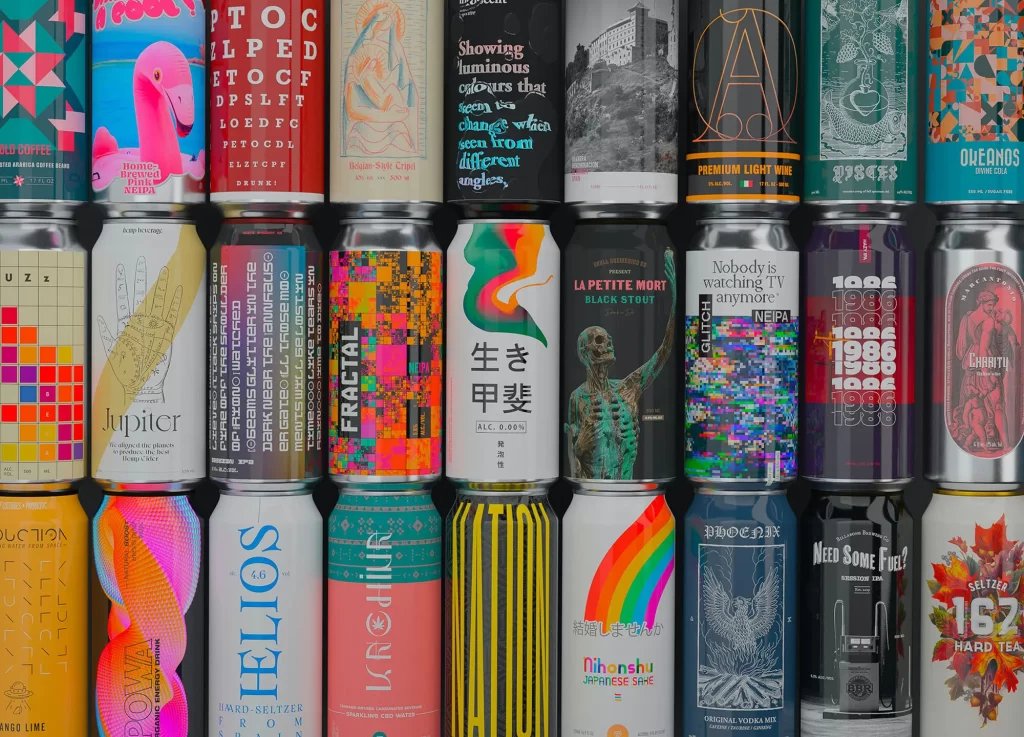In the digital age, the convergence of artificial intelligence (AI) and global commerce has reshaped how brands communicate, create, and connect. The large-scale language model Megatron stands at the forefront, powering innovative tools that streamline content production, marketing, and consumer engagement strategies.
The Impact of AI on Content Creation and Design
For creators and brand owners, the burden of content production can be daunting. However, with advancements in AI, this process has become more streamlined and efficient.
Transforming Content Production with Large-Scale Language Models
The large-scale language model Megatron has proven itself essential in generating high-quality content. It enhances storytelling by generating everything from blog posts to product descriptions autonomously. For instance, a startup in the fashion industry utilized Megatron to develop compelling product narratives that increased their conversion rates by 30% within three months.
Improving Design Through Generative AI Tools
AI-powered design tools like Canva and Adobe Sensei merge creativity with automation. These tools not only suggest design layouts but also recommend color schemes and typography, catering to brand identity. Creators can focus on higher-level strategic decisions while AI handles the tedious elements of design. A cosmetics brand improved its marketing material productivity by 50% after integrating these tools into their workflow.
AI in Cross-Border E-Commerce: Driving Global Expansion
For e-commerce teams, understanding consumer behavior globally is crucial. AI applications like predictive analytics and customer segmentation are game-changers in product selection and advertising.
Product Selection and Market Fit
Using AI, e-commerce platforms can analyze market trends and consumer preferences. Traditional market research is often time-consuming and costly; however, tools powered by large-scale language models, such as GPT-3 integration, can provide real-time insights. One online retail giant employed AI to identify trending products in specific regions, resulting in a 20% uptick in sales across borders.
AI Advertising Solutions for Global Reach
Advertising is another area where AI excels. Platforms such as Google Ads and Facebook Ads use machine learning to optimize ad placements and targeting. E-commerce businesses can leverage these functionalities for cross-border campaigns, ensuring that ads reach the right audience at the right time. A notable example is a major electronics retailer that achieved a 35% increase in international market share after tailoring its advertising strategies with AI insights.
Insights for Industry Professionals and Analysts
As observers of the creative industry landscape, it’s pertinent to recognize AI’s significant role in shaping trends in branding and globalization.
The Role of AI in Brand Strategy
AI not only aids in operational tasks but also provides strategic insights. By analyzing consumer sentiment and brand engagement, AI can help brands position themselves effectively in various international markets. Companies can identify which aspects of their brand resonate with local cultures and adapt their messaging appropriately. This has been demonstrated by global fast-food franchises that localized their menus based on AI-driven consumer feedback.
Challenges and Considerations in Implementation
While the benefits are apparent, the implementation of AI in creative industries presents challenges. Companies must consider data privacy, AI transparency, and ethical implications of automation. Balancing human creativity with AI efficiency is crucial for sustainable branding.

Real-World Scenarios of Successful AI Integration
Success stories abound, as many brands have effectively harnessed AI for international growth.
Case Study: AI-Powered Entry into International Markets
A beauty brand recently leveraged GPT-3 integration to perform market analysis and content generation for its entry into Asian markets. Through localized marketing campaigns and optimized social media strategies powered by AI, they achieved rapid brand recognition, leading to a 50% sales increase within six months.
Comparison of AI Tools
When evaluating AI tools, it’s essential to compare functionalities. For instance:
- Copywriting: Tools like Jasper.ai versus traditional copywriters in terms of speed and costs.
- Design Automation: Comparing Canva’s AI features to Adobe’s more manual creative processes.
- Video Editing: AI tools like Magisto offer quick edits versus traditional editing software.
- Marketing Automation: HubSpot versus manual email campaigns.
Looking Ahead: The Future of AI in Branding and E-Commerce
The application of AI in creative industries, branding, and e-commerce continues to evolve. As large-scale language models like Megatron and other AI tools advance, they will further enhance the efficiency and effectiveness of global brands in reaching their audiences.
Key Takeaways
As brands navigate the complexities of globalization, leveraging AI technology will be essential. By embracing AI in project management and creative processes, organizations can:
- Enhance content quality and relevance.
- Optimize advertising strategies on international platforms.
- Utilize data insights for informed decision-making.
The path forward is clear: successful adaptation to AI in branding and cross-border e-commerce is pivotal for maintaining a competitive edge in the global market.